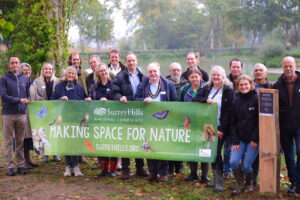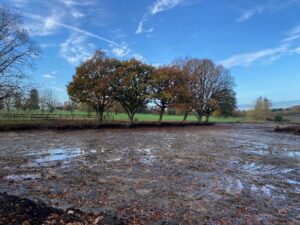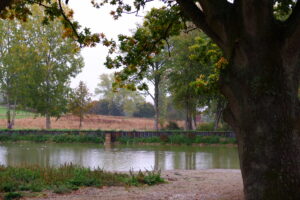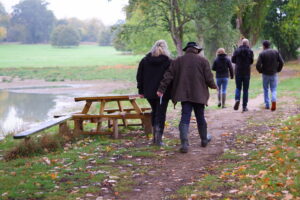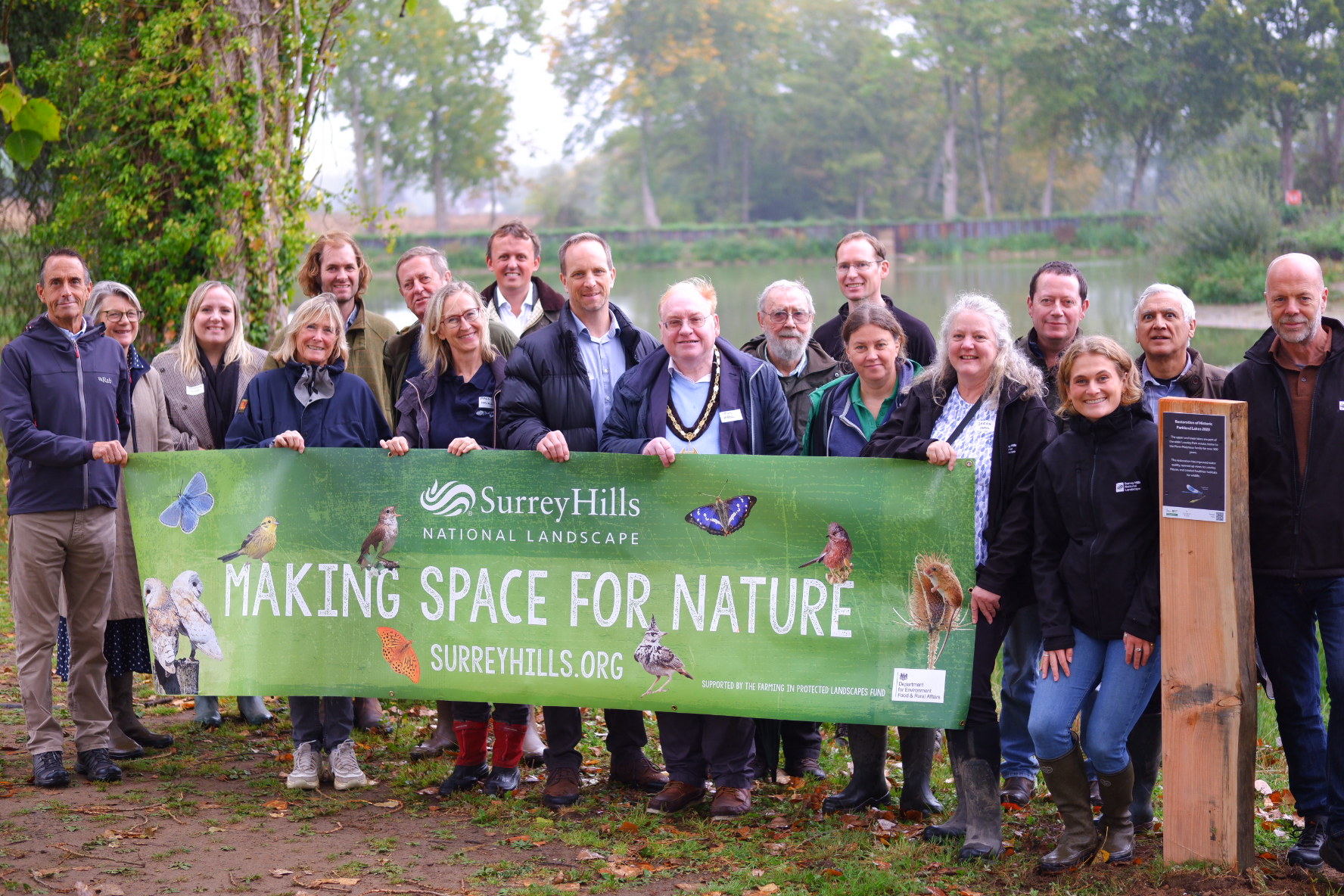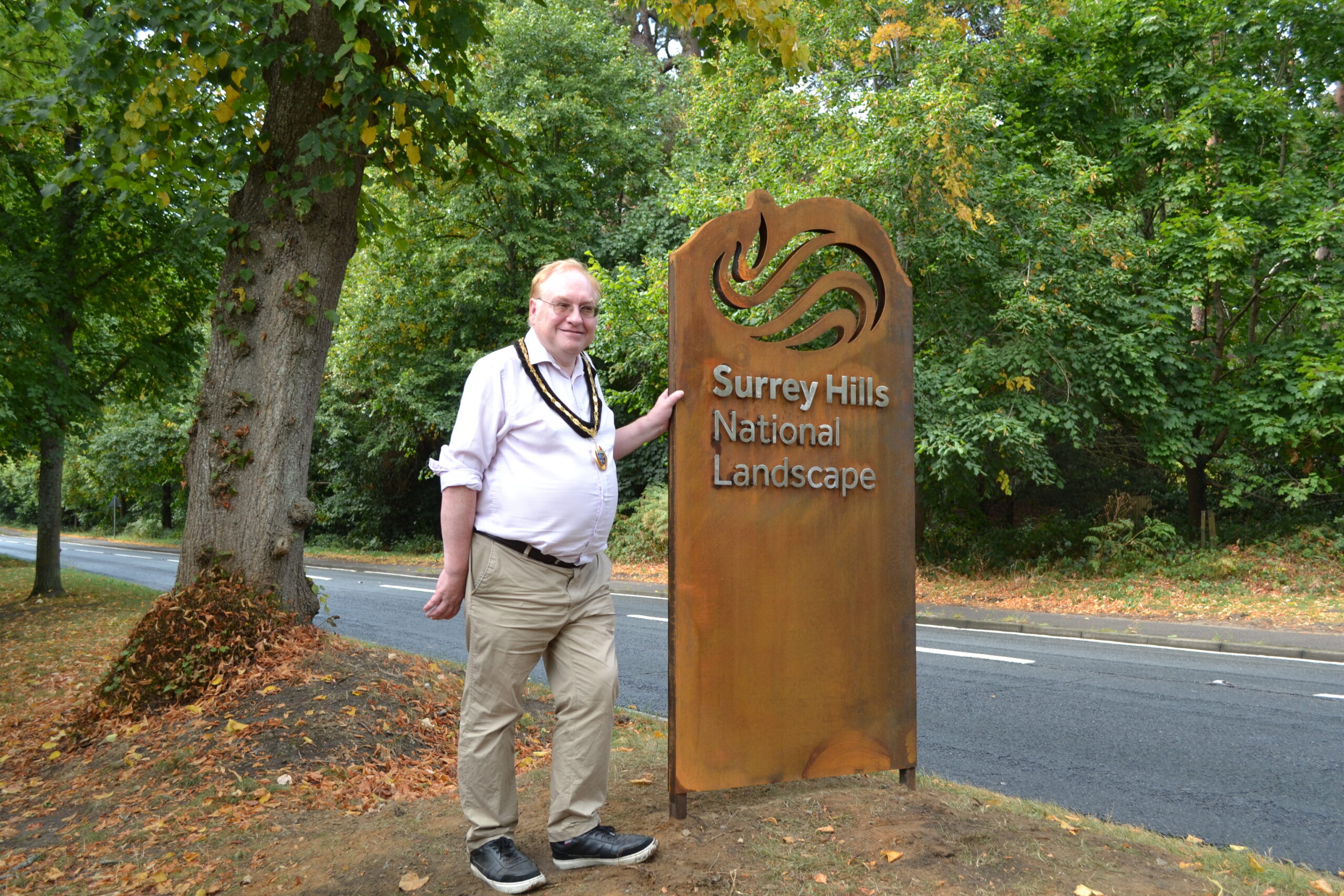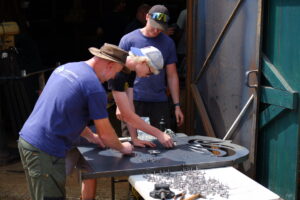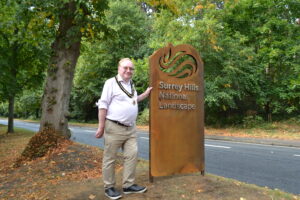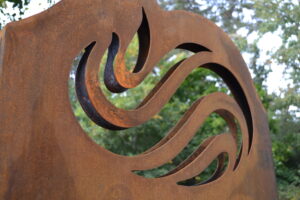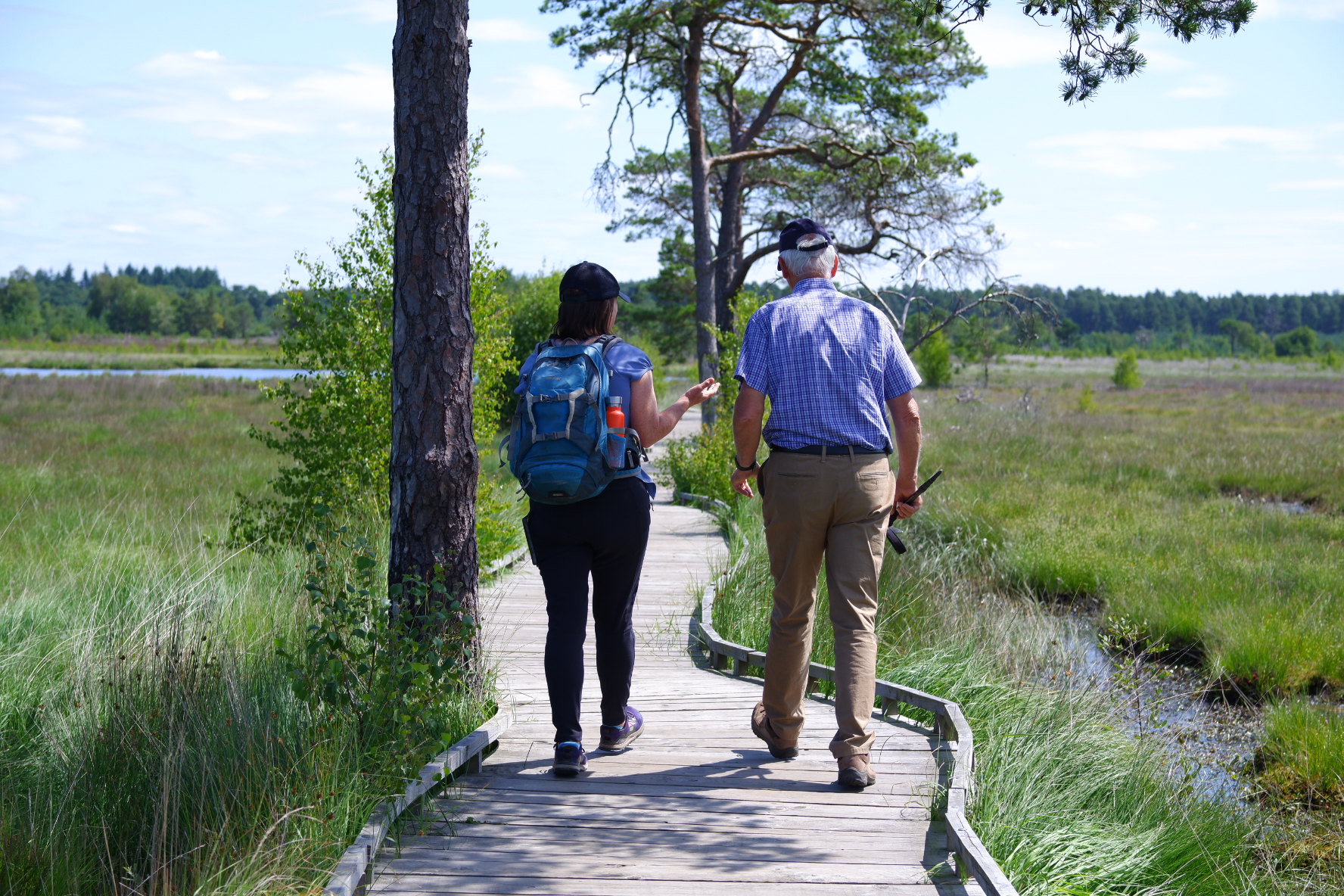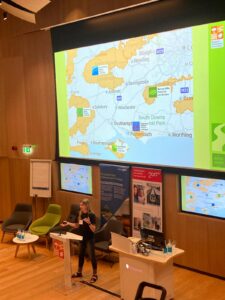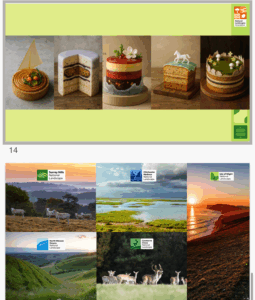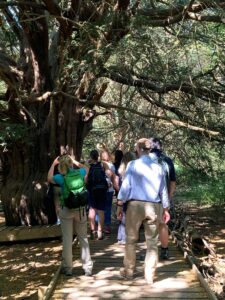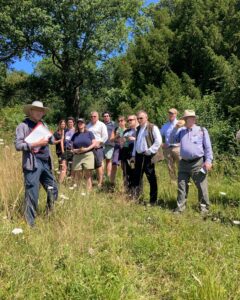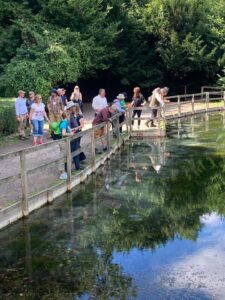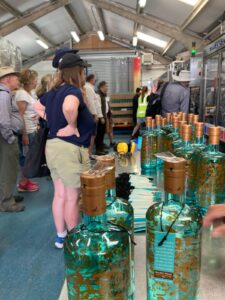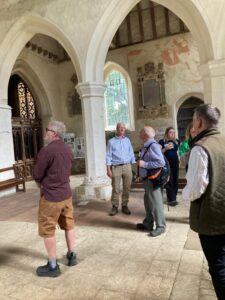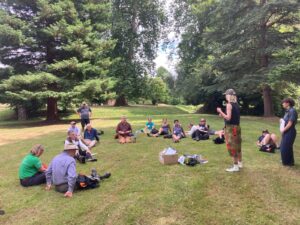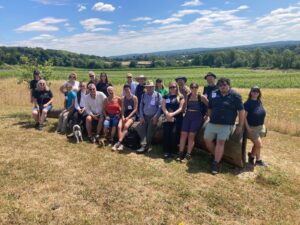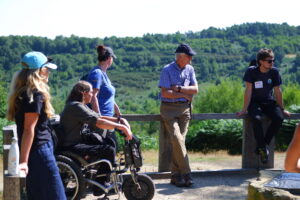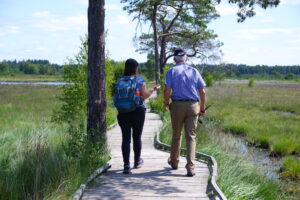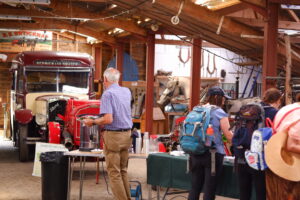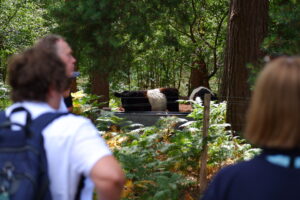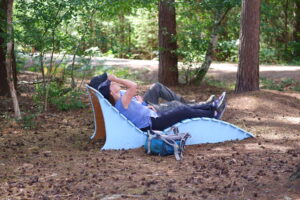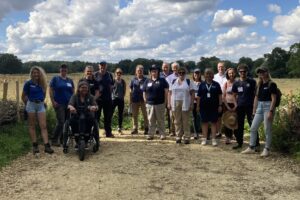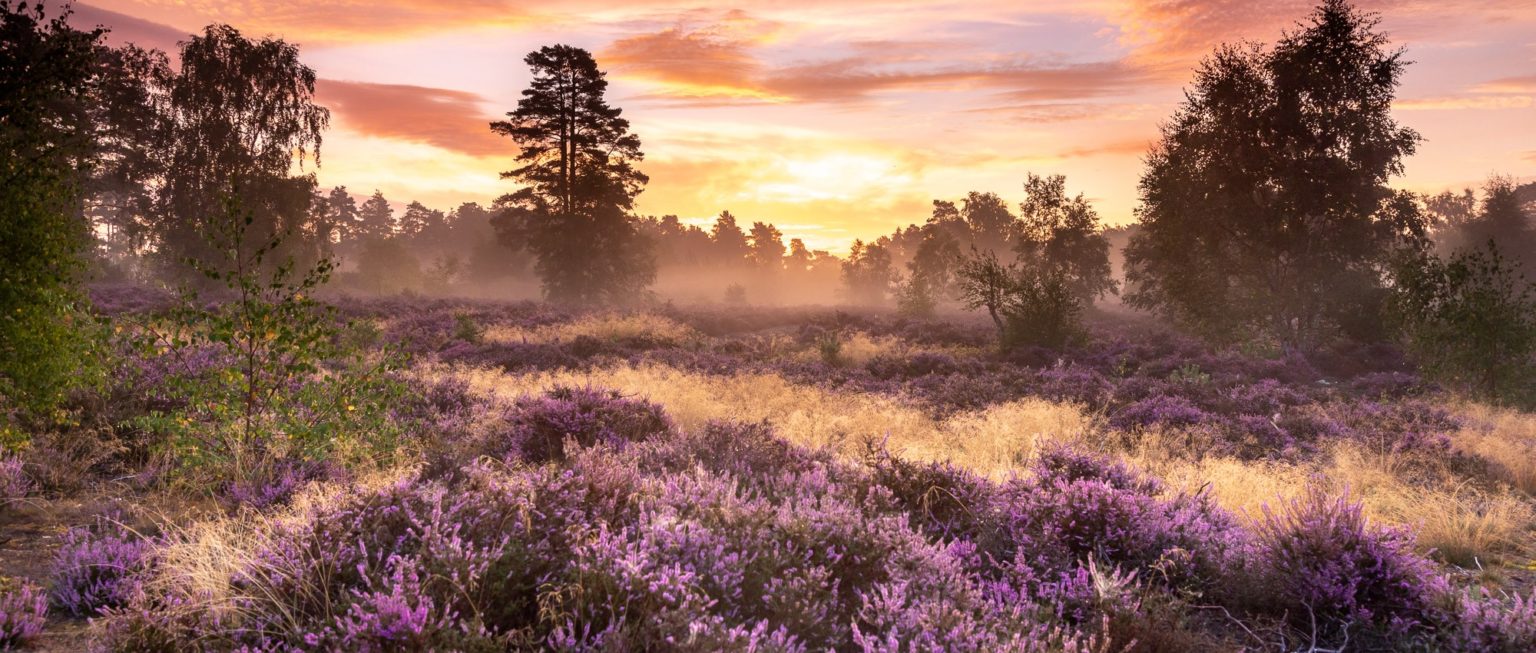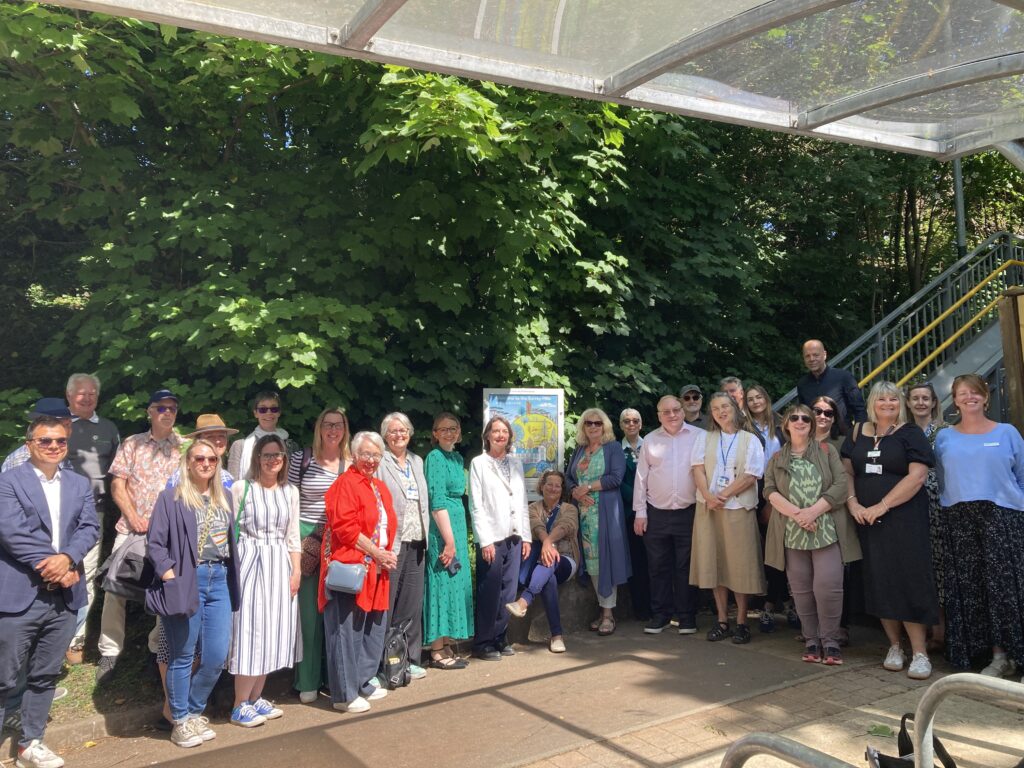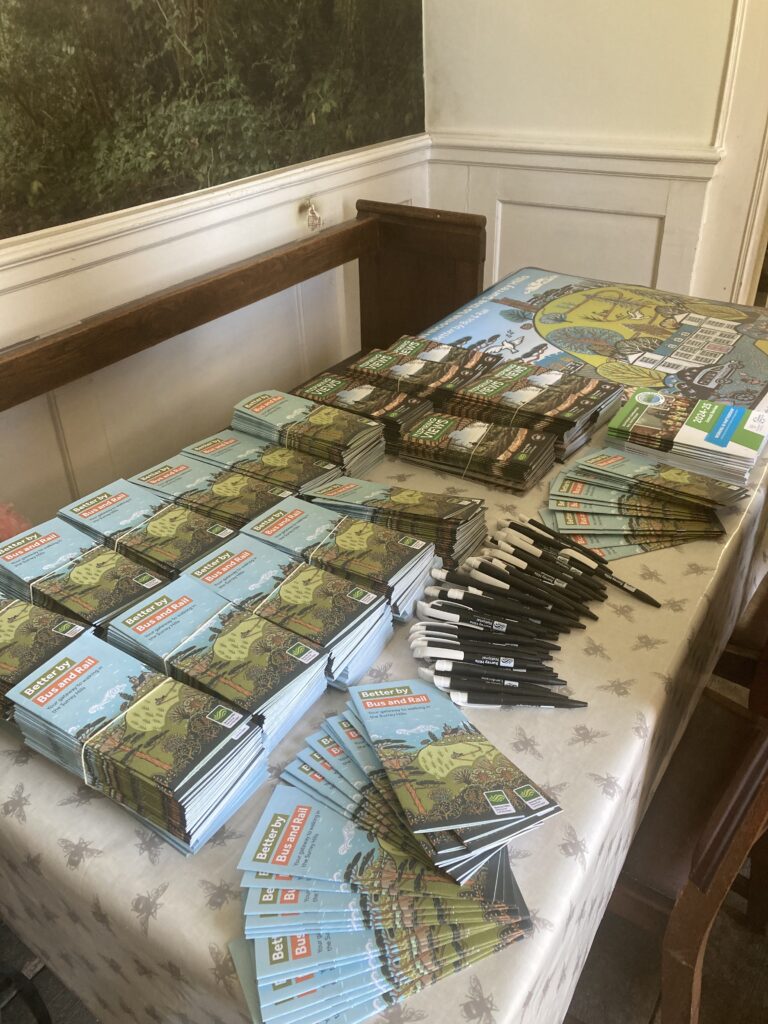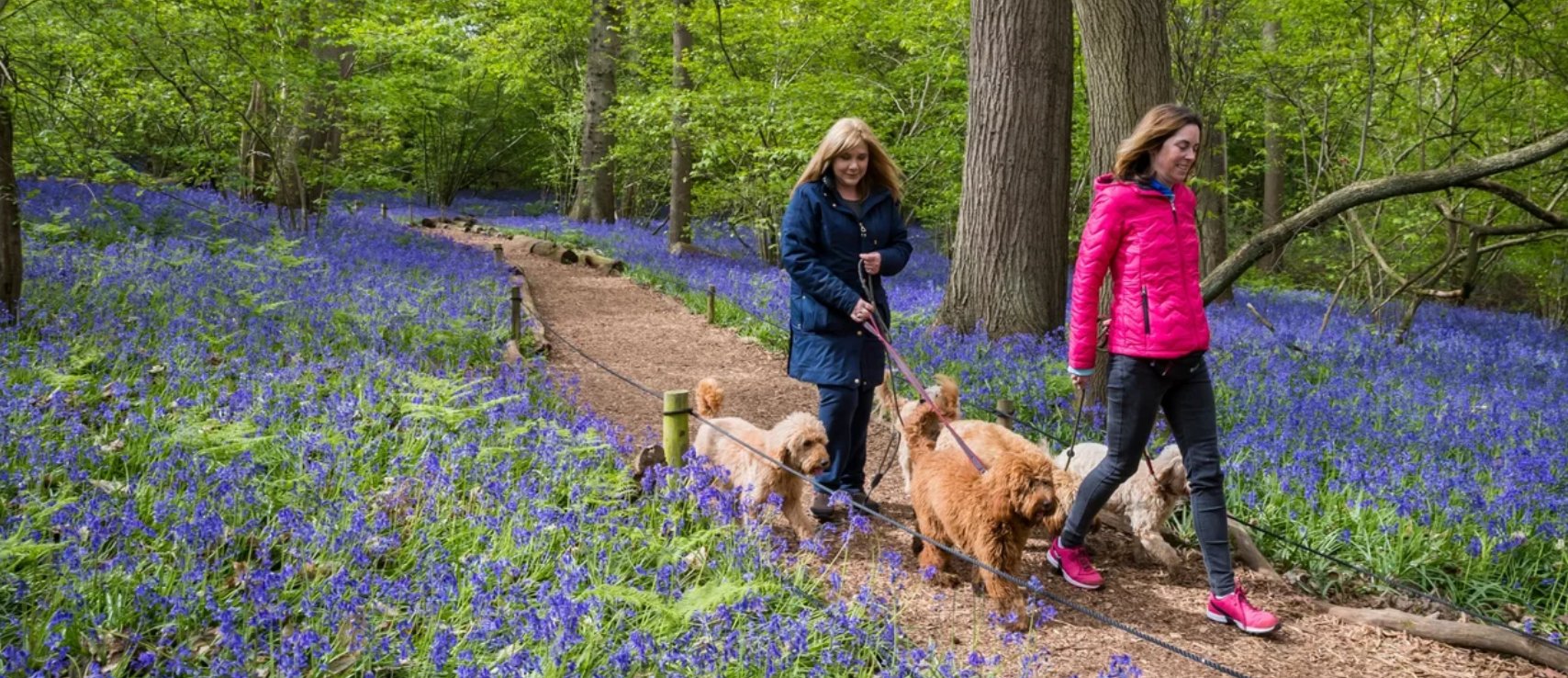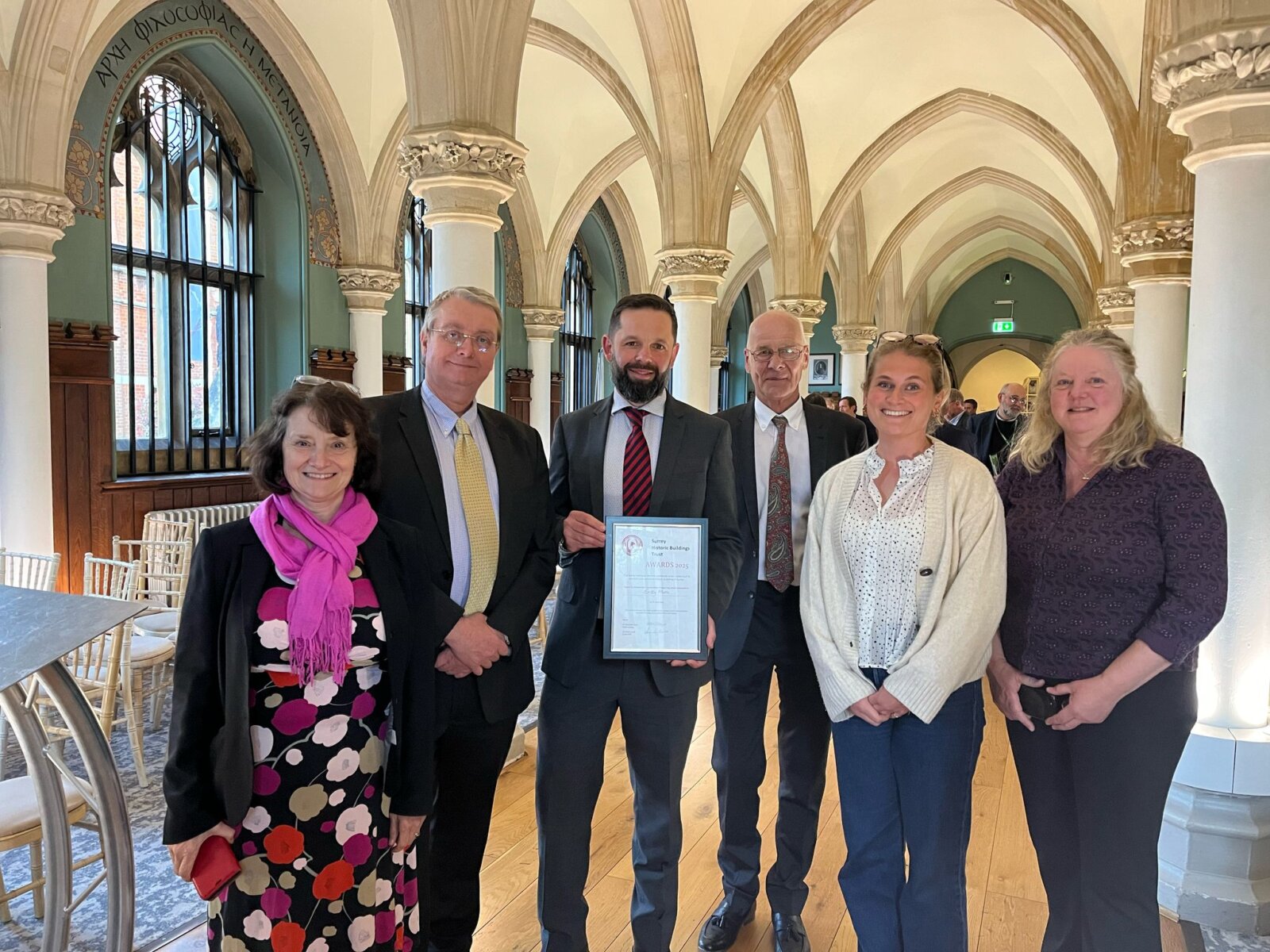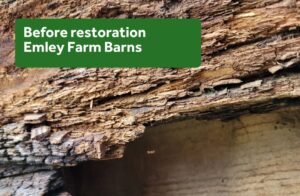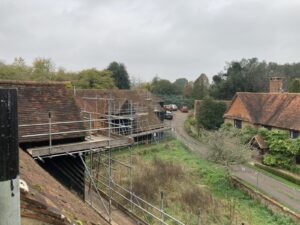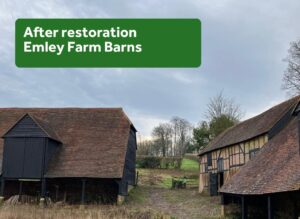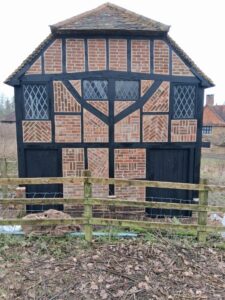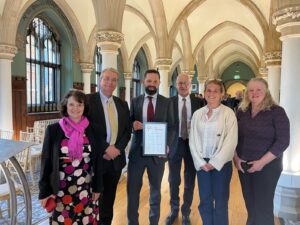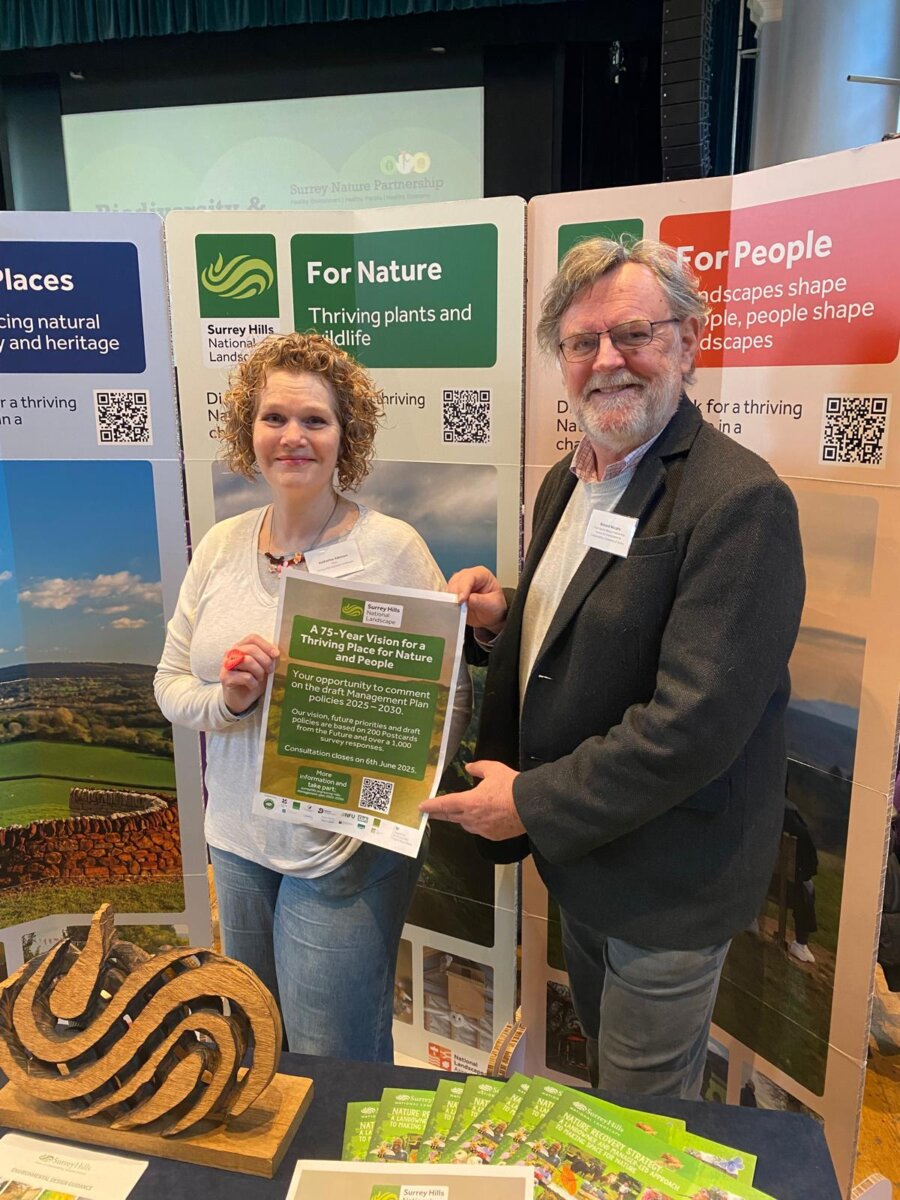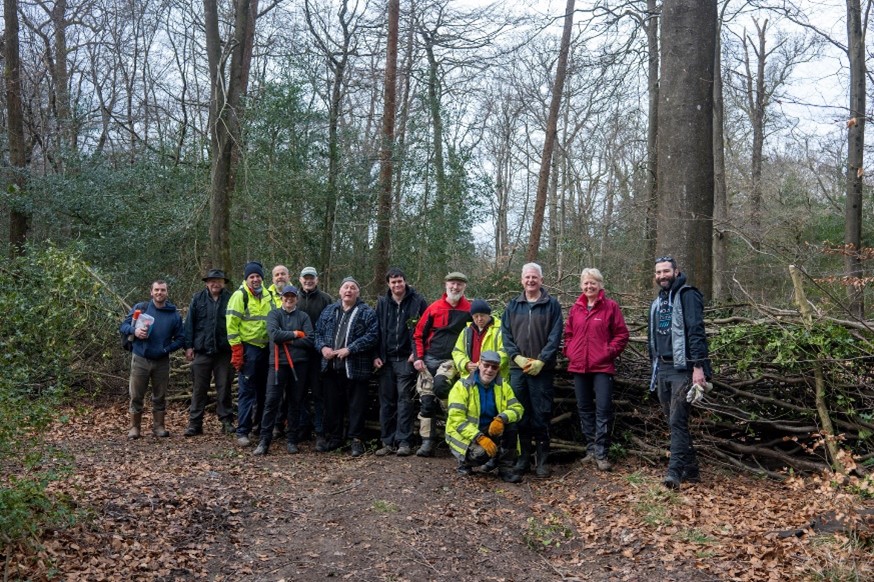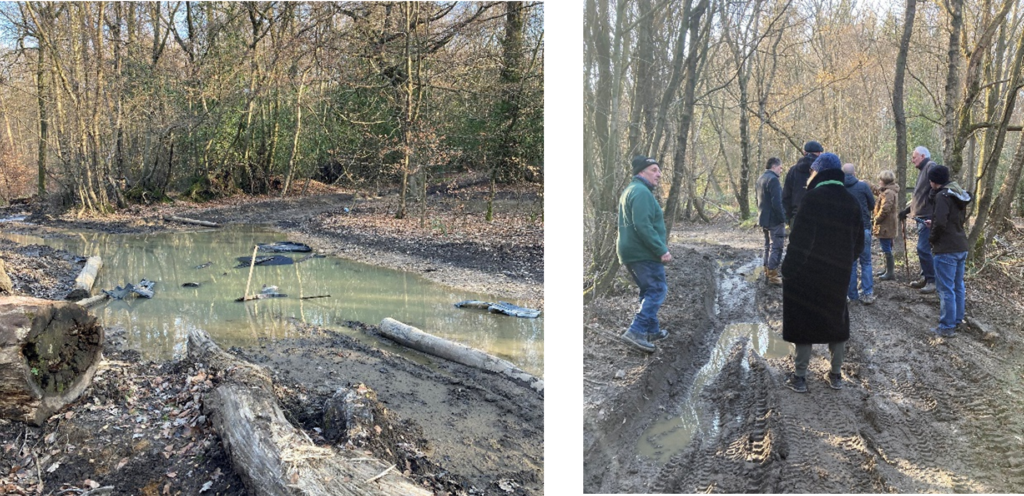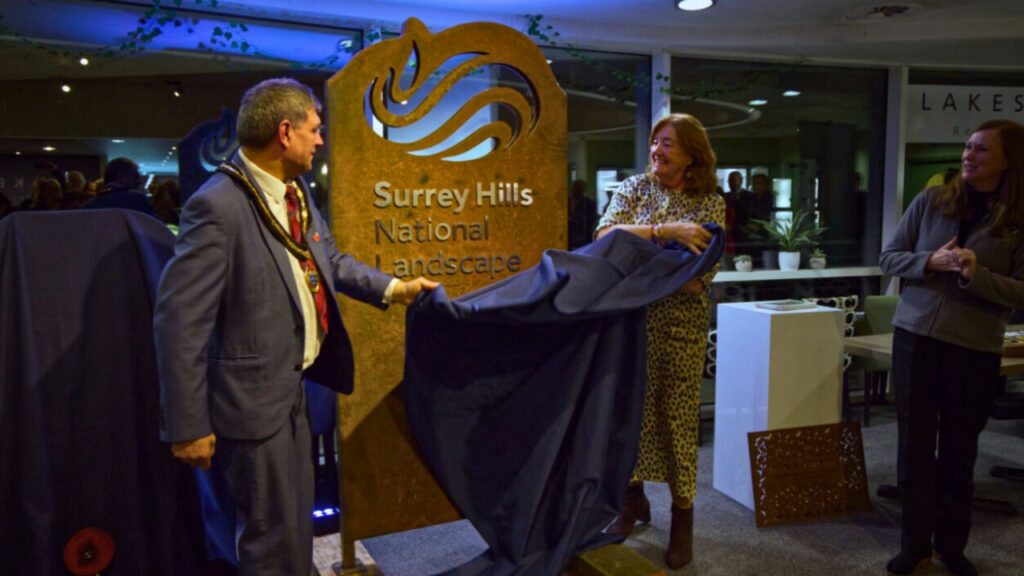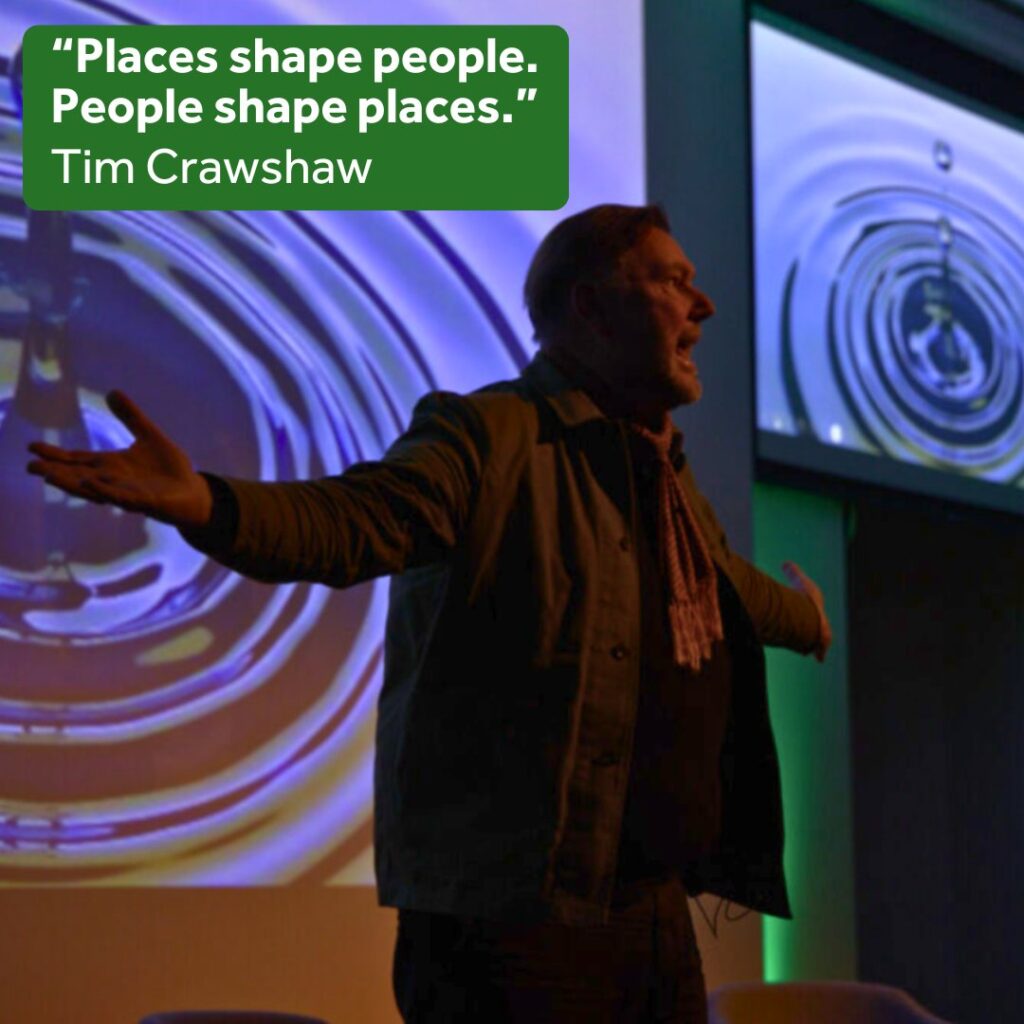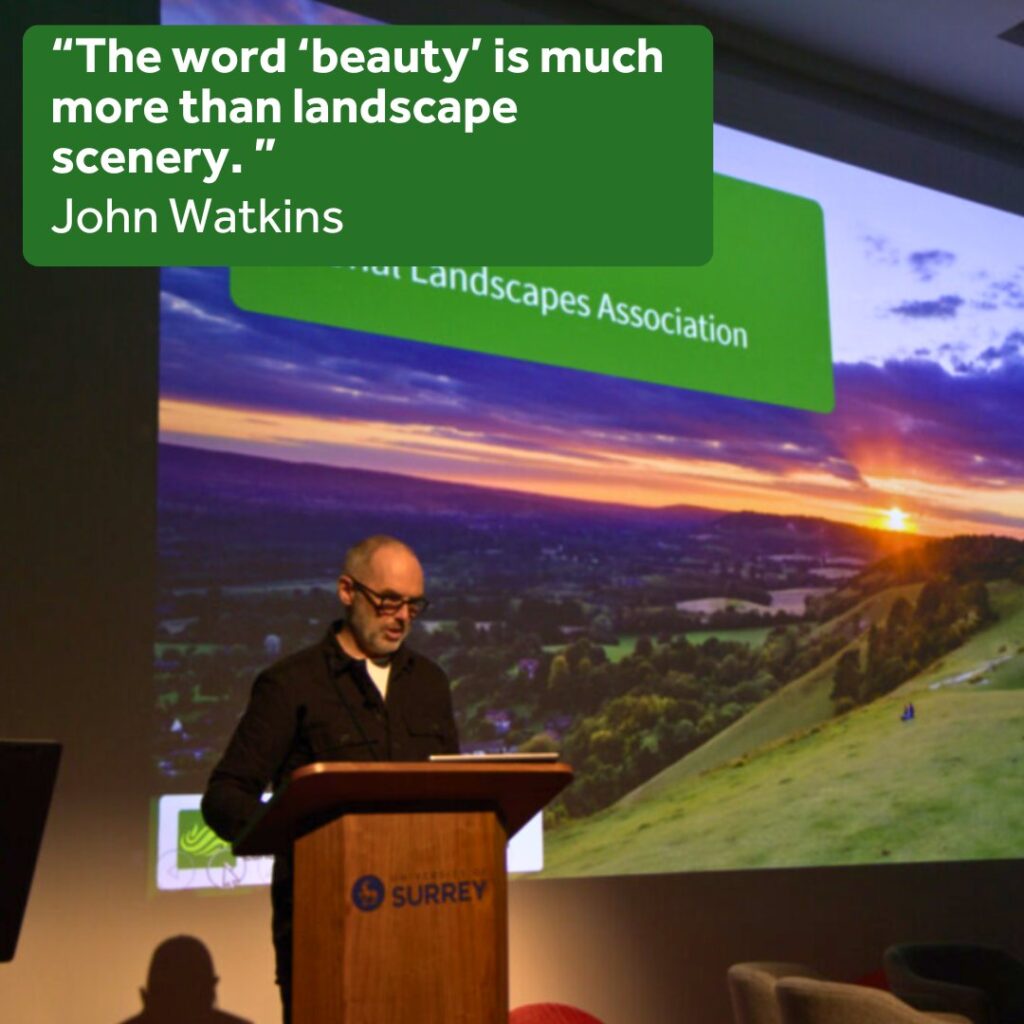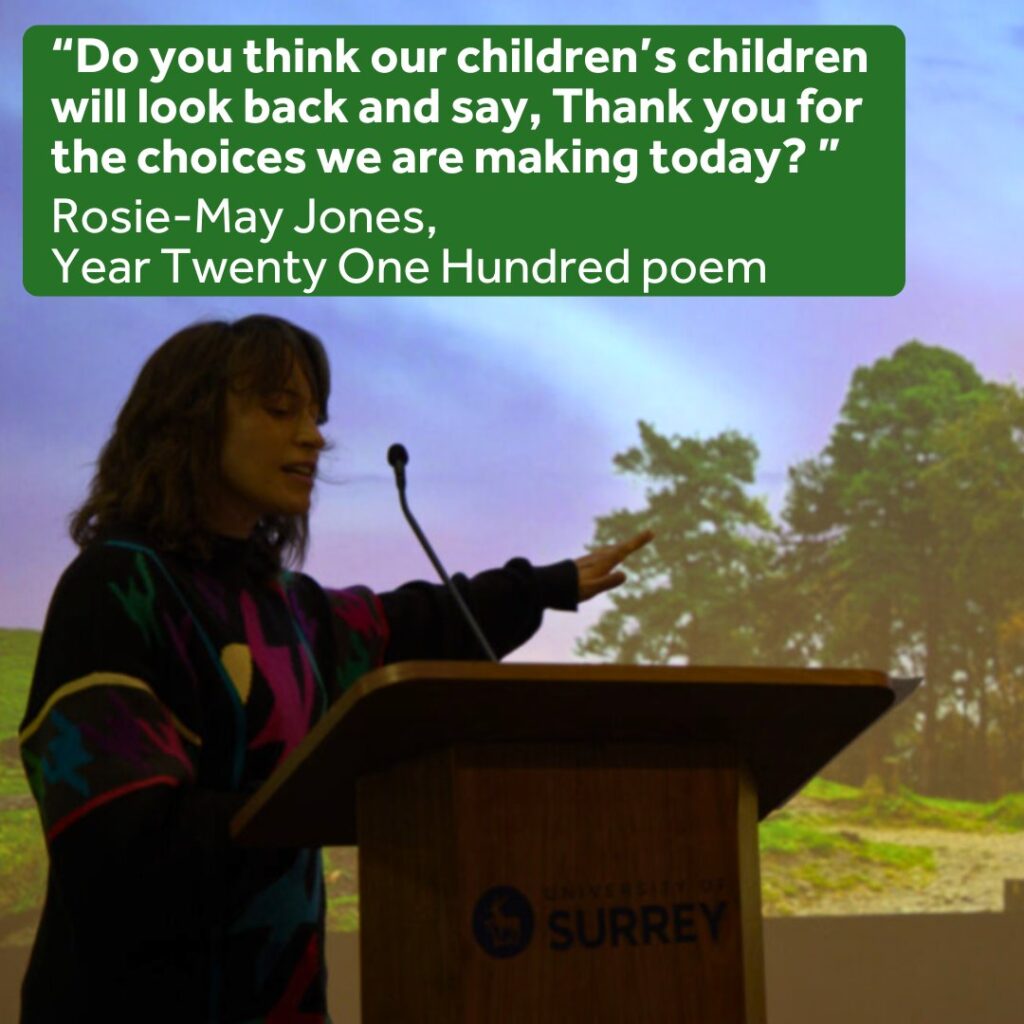Home of ‘Devil’s Punchbowl’ to become new national reserve
• Sand lizards, nightjars and natterjack toads are among the litany of species that people can enjoy at new Wealden Heaths National Nature Reserve in Surrey
• Nature reserve declared at the landscape that inspired the likes of Tennyson and Conan Doyle, as well as its folkloric origins as the home of Thor.
• This marks the 9th National Nature Reserve to launch as part of the King’s Series of National Nature Reserves, which will see 25 reserves created or extended by 2027
A landscape in Surrey beloved by lizards and literary greats and home to an area known as the Devil’s Punch bowl, is to become the latest National Nature Reserve.
The Wealden Heaths National Nature Reserve, in the heart of the Surrey countryside and on the doorsteps of more than a quarter of a million people, has today (Friday 27th June) been declared by Natural England the 9th National Nature Reserve in the King’s Series.
The reserve is a has secured its status as a haven for wildlife, ensuring that it can provide a home for rare species such as nightjars, sand lizards, adders and natterjack toads into the future and an area of 2,765ha of greenspace accessible by hundreds of thousands of people.
Wealden Heaths National Nature Reserve stretches across an area around three times that of Richmond Park, boasting a rich mix of open dry and wet heath, acidic grassland, regenerating woodland, and scrubby heath.
Heathland habitats are incredibly important for a range of species, and popular with walkers, cyclists and riders. However, heathlands in England have declined by around 80% in the last two centuries, making this declaration vitally important for the survival of these precious places.
The exceptional nature on display in this area, alongside its easy connections with London mean it already sees thousands of visitors each year, and its declaration as a National Nature Reserve means that future generations will continue to be able to connect with nature in the idyllic surroundings of the reserve. The reserve also includes a nature friendly farmed estate, adding to its potential to boost the local economy along with visitor spend.
Nature Minister Mary Creagh said:
“Britain is a nation of nature lovers – proud of our iconic landscapes and charismatic wildlife.
“This new reserve offers wonderful opportunities for people to experience the outdoors and spot rare wildlife in a place which has been a source of cultural inspiration for centuries.
“This Government is committed to turning the tide on nature’s decline after years of neglect. New National Nature Reserves deliver on our promise to improve access to nature and protect nature-rich habitats, as well as boosting the local economy in line with our Plan for Change.”
Marian Spain, Chief Executive of Natural England said:
“The beautiful atmospheric landscape has had a huge influence in culture over the centuries, from folklore to poetry. Its new status as a National Nature Reserve will ensure future generations continue to be inspired
“There is a wealth of species here, many of which are very rare, and efforts to maintain the vital habitats in this area will help these plants and animals to thrive again. Its network of tracks – including “Britain’s Favourite Path” – mean it is already incredibly popular with local people and visitors from nearby London, offering a much needed vast open space for everybody to enjoy the connection with nature we all need.”
Rob Fairbanks, Director of the Surrey Hills National Landscape said:
“I am thrilled to see the launch of the Wealden Heaths National Nature Reserve. This is a transformative designation to create a bigger, better, and more joined up approach to heathland restoration within the Surrey Hills National Landscape.
“This milestone is a testament to the robust partnership driving it, and we extend our heartfelt gratitude to Natural England for empowering us to address the biodiversity crisis and a flourishing future for our rare and rich heathland habitats.”
This landscape is also widely known as the home of The Devil’s Punchbowl, a dramatic natural amphitheatre in the heathlands near Hindhead which is steeped in legend. It is said to have been formed when the Devil scooped up earth to throw at Thor, which some say is how the nearby area of Thursley got its name.
The area has provided inspiration to a range of literary greats through the years, from Alfred Lord Tennyson to Arthur Conan Dayle. The reserve is home to Waggoners Well, where Tennyson wrote ‘Flower in the Crannied Wall’, which reflects on the connection between nature, humans, and the divine.
The area has retained its popularity and is still a destination for nature lovers, boasting the Thursley Common Boardwalk, which has been named ‘Britain’s Favourite Path’ by the Ramblers Association. This declaration will mean that this bustling area of nature just 45 minutes away from London will be managed and accessible for years to come.
This area has already benefitted from the Heathland Connections Nature Recovery Project, which provided funding from Defra and Natural England. It is an ambitious project working with partners , included wildlife charities and private landowners to enhance, restore and connect the special habitats found in the western most section of the Surrey Hills National Landscape.
This new reserve is a collaboration between nine partners; Natural England, RSPB, National Trust, Surrey Wildlife Trust, Hampton Estate (private farming estate), Amphibian and Reptile Conservation Trust, Waverley Borough Council, Surrey County Council and Forestry England, with further support from the Surrey Hills National Landscape.
The launch of the new National Nature Reserve directly supports the government’s commitment to restore and protect our natural world by expanding nature-rich habitats where people can explore and wildlife can thrive.
This is the 9th reserve to be launched as part of the King’s Series of National Nature Reserves, which will leave a lasting public legacy for people and nature by creating or extending 25 National Nature Reserves by 2027.
